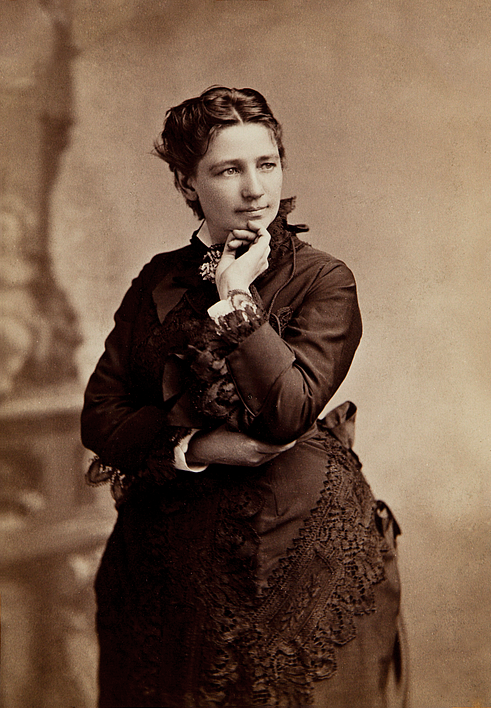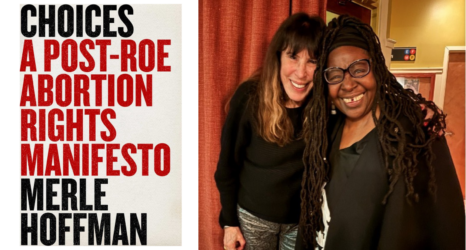I don’t want my kids to grow up thinking that women are a decorative sidebar to “real” history; I want my kids to know that women shape history.
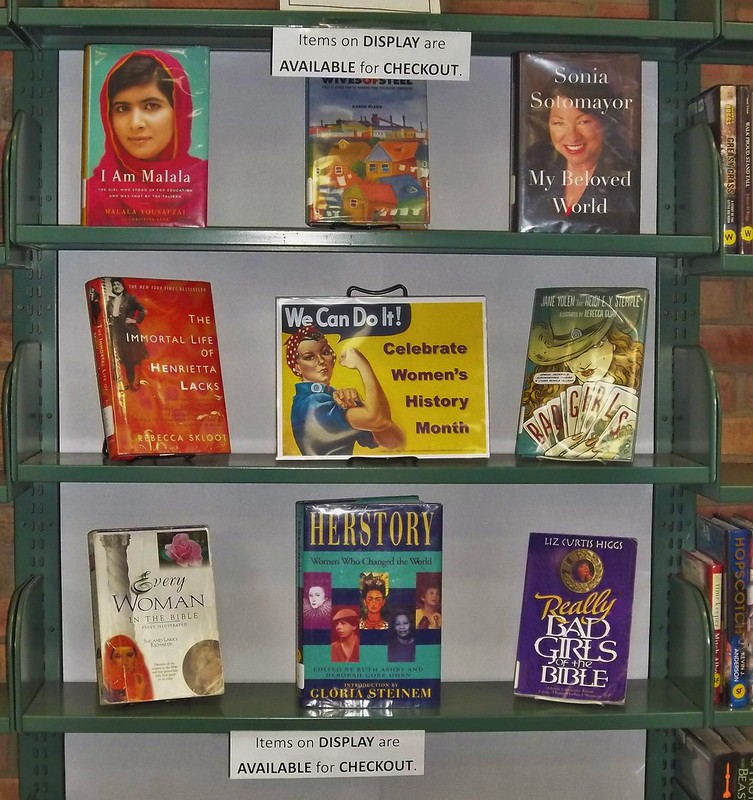
Confession: I have mixed feelings about Women’s History Month. Each March my calendar is booked with talks, essays and class visits. And each March I struggle to reconcile these mixed feelings.
Women’s History Month is often billed as a celebration, but I see it as an urgent call to action to revise our textbooks, our state standards, and the shared stories we tell about ourselves as a nation. This year, I am focusing on what I want my own kids, ages 7 and 10, to know about women’s history. I don’t want my children to end up in a college classroom like mine ten years from now, asking the question my students invariably demand of me: “Why have we never learned this before?”
I have been teaching university courses on women’s and gender history for more than 15 years—ever since I was in graduate school in the early 2000s. “Why have we never learned this before?” is the most common refrain I hear.
Students come to my classes—from an array of public, private and religious high schools across the country—having learned the Great White Man version of U.S. history that still defines our textbooks, state standards and commemorations. Despite decades of pioneering scholarship revealing how incomplete and inaccurate such portrayals are, the Great White Man version of history persists.
As this comprehensive 2017 report conducted by the National Women’s History Museum found, textbooks still relegate women’s history to “sidebar” status and whitewash even these limited stories, hardly mentioning women of color and generally no Asian American women at all.
My children attend a diverse, urban public elementary school that does its best to integrate women and people of color into the curriculum, class projects and library offerings. But even this is not enough to counterbalance the louder messages in textbooks, exams, monuments and federal holidays which tell students that what they really need to know are sanitized presidential histories and Civil War battle statistics. I don’t want my kids to grow up thinking that women are a decorative sidebar to “real” history; I want my kids to know that women shape history.
I want my kids to know that, since the 1840s, it is women of color who have led the campaign for universal suffrage and sustained the belief that voting is an inherent right of all citizens. I want them to hear the words of Frances Ellen Watkins Harper, in 1866, demanding the vote for Black women, and see the line that runs from Harper to Mary Church Terrell to Fannie Lou Hamer to Shirley Chisholm to Vice President Kamala Harris.
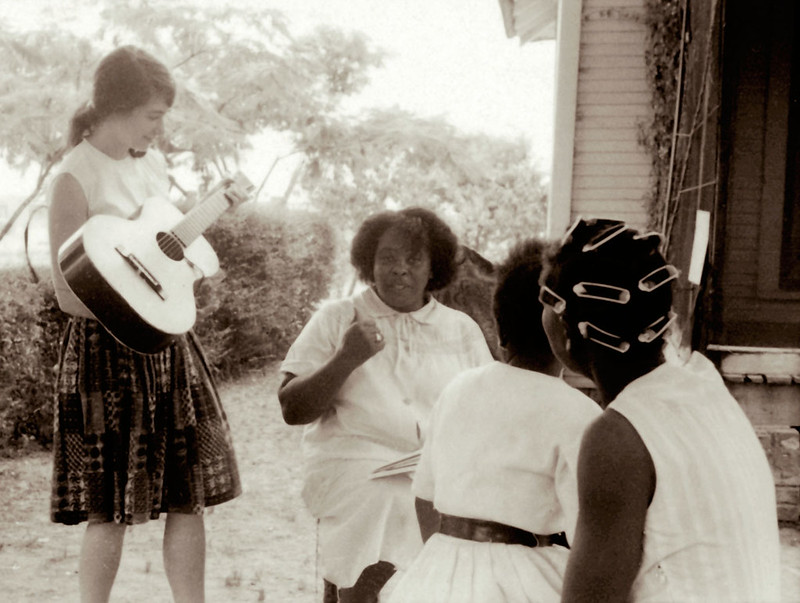
I want my kids to know that American history is replete with the bold and daring contributions of complicated women. Most of these women were not perfect and many of the white women, such as the ones who led the suffrage movement, held ideas about race that we find objectionable today. But we have plenty of room for imperfect men in our textbooks; why not also study the triumphs, tribulations and shortcomings of women? Their failures just might help us better understand our own.
I want my kids to know the names, faces and contributions of women who are too often left out of textbooks such as Victoria Woodhull, the freethinking free-lover who became the first woman to run for president in 1872 and spent election night in a New York City jail.
And I want my kids to know that even the few women whose names are familiar generally get short shrift. Rosa Parks was not a tired woman who refused to stand on the bus after a long day’s work. Rosa Parks was a highly trained and experienced activist who rose to leadership within the local NAACP in 1944 when she was sent to investigate the brutal rape of Recy Taylor by a gang of white men.
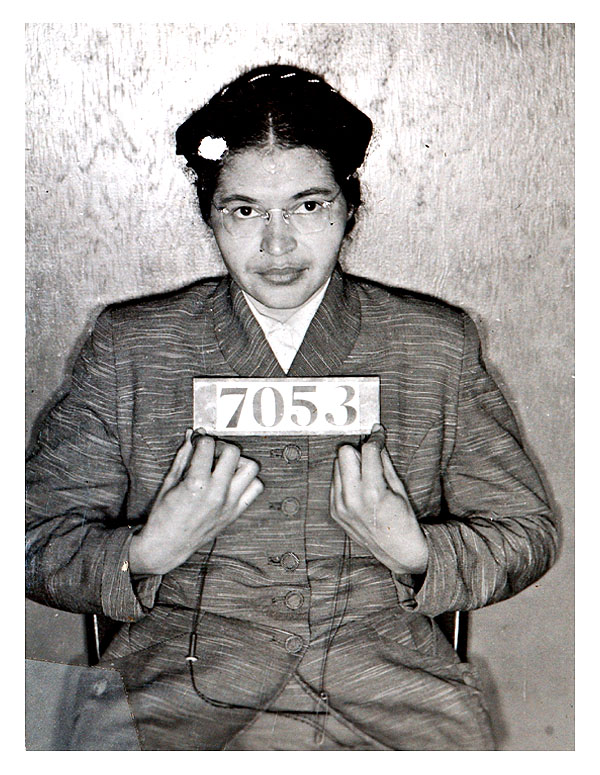
As parents, educators and those who think that women are people, we need to keep up the fight to diversify our textbooks and state standards. In the meantime, there are countless resources we can utilize to supplement the lessons about Great White Men that our kids learn in school. My kids love the New York Times “Who Was” series of biographies (my son’s first chapter book was Who Was Sally Ride? prompting him to ask, “Can boys be astronauts too?”).
We also love the Goodnight Stories for Rebel Girls books and podcast. This year, parents and educators can take advantage of terrific resources put together by PBS American Experience and the Smithsonian Museum’s Because of Her Story initiative. Of course, we also love to watch movies by and about women, including Hidden Figures, A League of their Own, RBG, On the Basis of Sex and The Battle of the Sexes.
In elementary school, my kids are already getting the message that when men do something it is called “history,” but when women do something it is called “women’s history.” As a historian, I know this is not remotely true and I do not want to have to unteach my children (or yours) these myths when they get to college. Women have contributed to every aspect of American history—including even elections in which they could not vote and wars in which they could not fight—and our nation is stronger to the extent to which we know the names and contributions of these women.
Frances Ellen Watkins Harper, Victoria Woodhull, Fannie Lou Hamer and Sally Ride did not shape “women’s history.” They, and countless others like them, shaped American history. These are the stories that my kids and I would like to see centering our textbooks, commemorations, and shared narratives in March and all year long.
You may also like:



